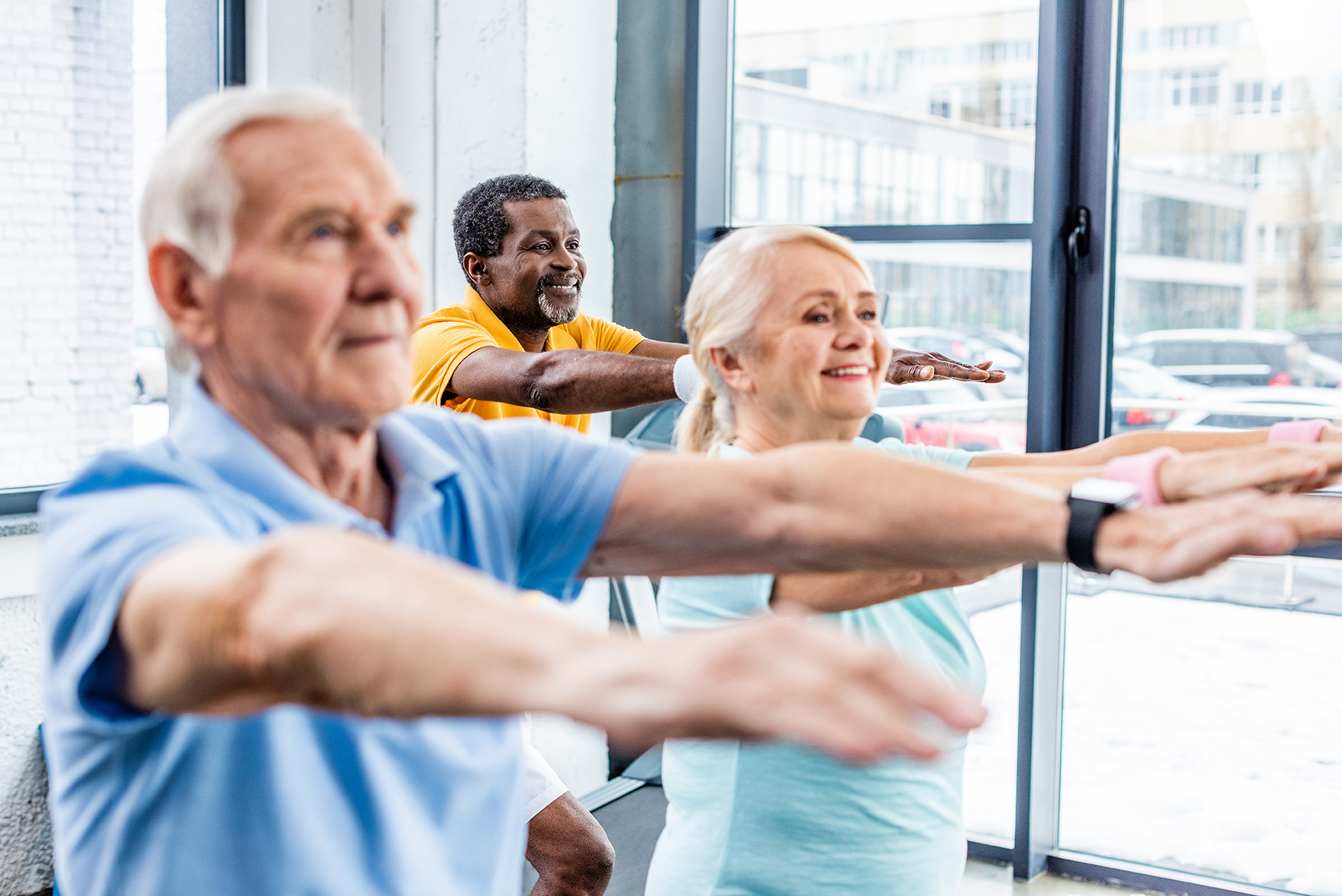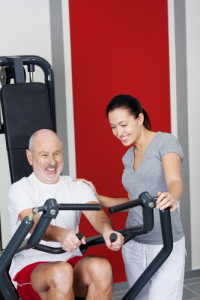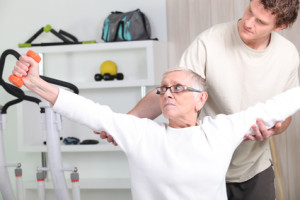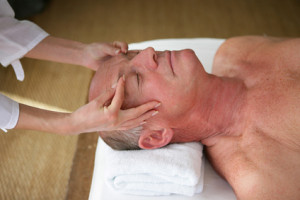Why Medical Fitness? An Integrative Perspective
It is well recognized that the population of individuals over the age of 65 in the United States is expanding. With age, comes natural and expected physiologic deficits in the musculoskeletal system that affect the pursuit of exercise and fitness.





 It isn’t an easy question to answer. We can tackle it by considering all of the dollars those who incur inflammatory issues, chronic challenges, and cellular degradation will have to invest in maintaining function and comfort. We might also attempt to place a monetary value upon lost quality of life. We might even consider the simple question, “what would someone pay to rediscover health” considering their fear and apprehension of the alternative, and from that extrapolate the value.
It isn’t an easy question to answer. We can tackle it by considering all of the dollars those who incur inflammatory issues, chronic challenges, and cellular degradation will have to invest in maintaining function and comfort. We might also attempt to place a monetary value upon lost quality of life. We might even consider the simple question, “what would someone pay to rediscover health” considering their fear and apprehension of the alternative, and from that extrapolate the value. HOW DO YOU STEP UP AND CREATE AN AUDIENCE?
HOW DO YOU STEP UP AND CREATE AN AUDIENCE?
 The professions that require a state or national licensures, such as physicians, nurses, or physical therapists, help to provide checks and balances on who should and should not be providing a service to any individual. However, there are many professions within our healthcare community that are poorly understood and many times misrepresented by individuals with minimal certifications or credentials.
The professions that require a state or national licensures, such as physicians, nurses, or physical therapists, help to provide checks and balances on who should and should not be providing a service to any individual. However, there are many professions within our healthcare community that are poorly understood and many times misrepresented by individuals with minimal certifications or credentials.

 A woman who has been through breast cancer surgery, whether it’s a simple lumpectomy or a radical double mastectomy, emerges with a body that is fundamentally different from the one she began with. Many women struggle with body image issues following surgery. Breasts can help define a woman’s femininity, and to lose part or both of them can change how she feels about herself as a person. One of the most precious gifts massage therapy can give is a time of intimate non-sexual touch during which the whole goal of the session is to focus on how wonderful the client’s body can feel. Time spent in the simple enjoyment of physical touch can go a long way in the journey toward self-acceptance and the joy of being alive.
A woman who has been through breast cancer surgery, whether it’s a simple lumpectomy or a radical double mastectomy, emerges with a body that is fundamentally different from the one she began with. Many women struggle with body image issues following surgery. Breasts can help define a woman’s femininity, and to lose part or both of them can change how she feels about herself as a person. One of the most precious gifts massage therapy can give is a time of intimate non-sexual touch during which the whole goal of the session is to focus on how wonderful the client’s body can feel. Time spent in the simple enjoyment of physical touch can go a long way in the journey toward self-acceptance and the joy of being alive.
 Maximizing success in life and in business is dependent upon a complete relationship. To optimize your success you must see your time away from others just as important as the time you spend with them.
Maximizing success in life and in business is dependent upon a complete relationship. To optimize your success you must see your time away from others just as important as the time you spend with them.